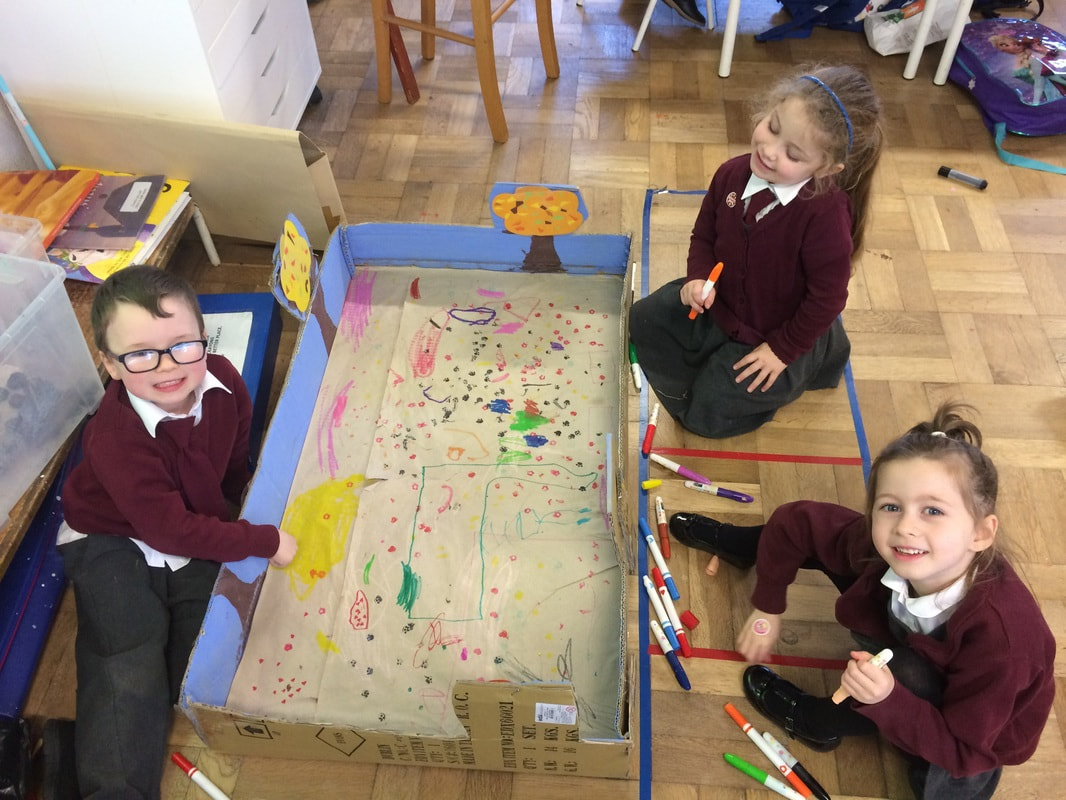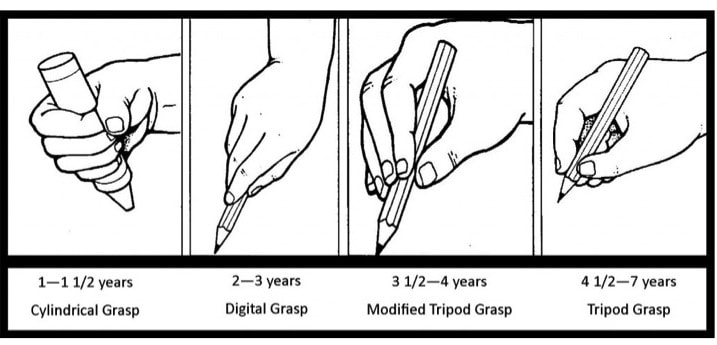Now they're ready to write...
In most European countries, children are not expected to start formal handwriting with a pencil until they are six years old (or the countries that do best in international comparisons scores in Literacy, until they are 7). So, when are children ready to learn letter formation? This has been a much-debated topic and rightly so! On many occasions, I witnessed children become overloaded with the demands to develop these essential skills earlier and earlier at an ever-increasing pace. Do we risk children missing out on less 'essential' age-appropriate experiences in an attempt to spend more time getting children writing earlier?
7 Comments
Print is just talking on paper - Thomas EdisonThrough their marking, children are communicating their ideas, expressing their feelings, developing their imagination and creativity, and testing their hypotheses about the world, it is a truly valuable experience for young writers. For the focus of this post I am referring to the role of mark making in the development of handwriting skills and letter formation. In the early years children make marks simply for the sensory enjoyment of that smooth feeling of moving a marker across the whiteboard or the bumpy sensation of chalk grating across the tarmac, or simply the visual sadifaction of coloured paint dripping down the page. All these experiences are building their confidence and dexterity as well as the fine motor skills needed for compedent use of writing tools.
Eight Tips To Encourage Correct Pencil Grip...
Before I share some tips to support correct tripod pencil grip with Junior Infant, I want to mention that like every other stage of a child's development there are different stages of pencil grip, children start exploring their pencil grip as early as 3 months old. It is important not to force a child into holding a pencil a certain way before they are ready. This could actually have a negative impact and create a dislike of writing and colouring for a child. The chart below shows the development of pencil grip and each are completely normal at different ages. Some children will be comfortable using the trip-pod grip from the start and some children will progress from one grip to the next at a different pace.
The importance of continuing to develop fine motor skills in and beyond the pre-school years...
I believe it is our fellow pre-school educators who are the experts in this area. It wasn't until my daughter went to play school that my eyes were opened to the wonderful range of fine motor activities that were available to help her specifically develop her fine motor skills. I realised then, just how important it was that we continue to develop these skills when children arrive in junior infants before we make any attempt to teach letter formation. In this post I set out to compiled a selection of fine motor activities that will help infants develop their fine motor skills as well as hand-eye coordination, while also making them a little more challenging and fun by integrating them into our early maths and literacy learning. Building the muscles in their hands and fingers does not stop when we begin to teach letter and number formation either, teachers should develop these activities, integrating more hands on tasks into children's learning as an alternative to worksheets and workbooks.
|





 RSS Feed
RSS Feed